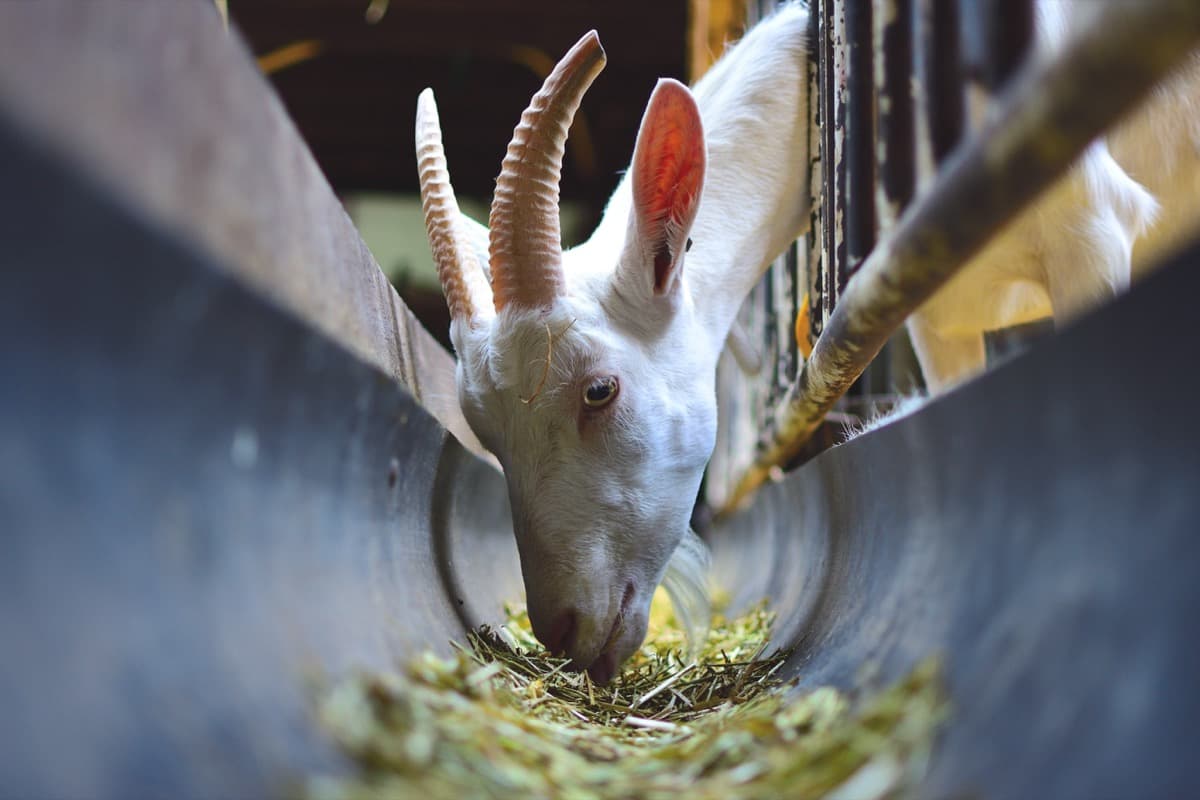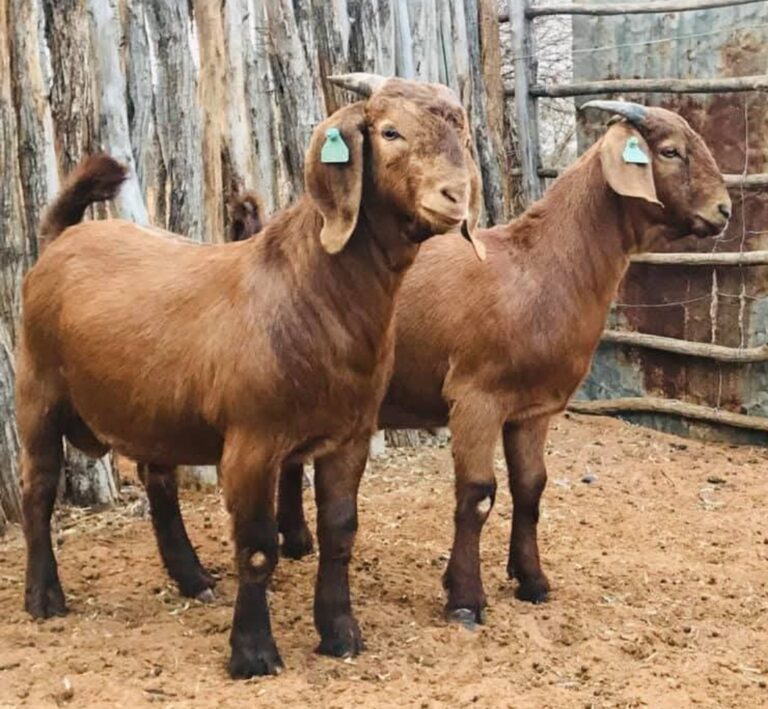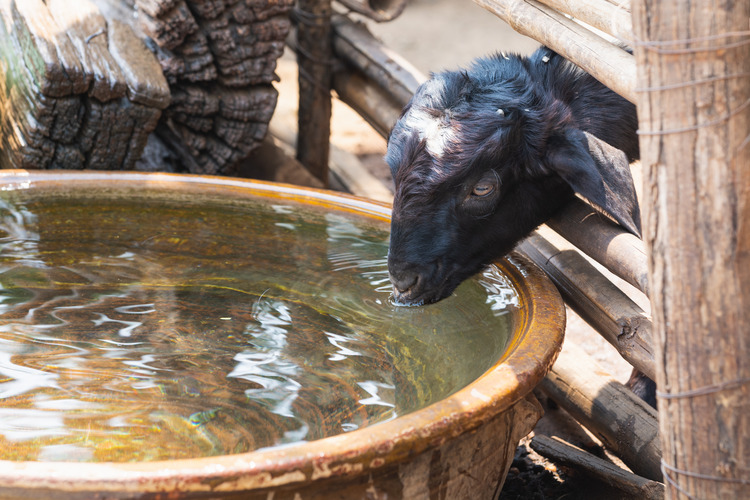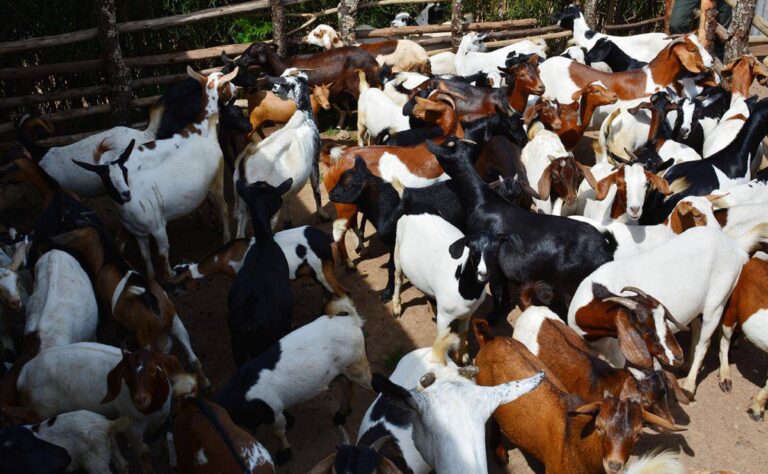Feeding is the cornerstone of successful goat farming, and every farmer eventually faces a critical question: Should I feed my goats naturally or rely on commercial feed?
Both approaches have their merits, and the right choice depends on your farming goals, land availability, climate, and budget.
This article breaks down the core differences between natural feeding methods and commercial feed systems for goats; so you can make informed, cost-effective, and sustainable choices for your herd.
What Is Natural Feeding in Goat Farming?
Natural feeding refers to the practice of raising goats primarily on grazing, browsing, and locally available feed resources, including hay, fresh pasture, leaves, crop residues, tree fodder, and home-formulated rations. It focuses on replicating a goat’s natural diet and behavior as browsers, animals that prefer leaves, shrubs, and herbs over plain grass.

In a natural feeding system, goats may graze rotationally on pasture during the day and receive supplementary hay, legumes, or farm by-products in the evening.
Feed costs are minimized by using what’s available locally rather than purchasing bags of formulated pellets or concentrates.
What Is Commercial Feed for Goats?
Commercial feed includes processed rations or pellets manufactured specifically for goats, formulated with balanced proportions of energy, protein, fiber, vitamins, and minerals.
These feeds are often grain-based (with corn, soybean meal, bran, etc.) and are produced to meet the nutritional needs of goats at different stages: whether kids, pregnant does, lactating mothers, or breeding bucks.
Commercial feed systems are often used in intensive or semi-intensive goat farms, where grazing land is limited, and production goals (especially for meat or milk) require fast growth and precision nutrition.
Comparing Natural Feeding and Commercial Feed Systems
1. Nutritional Balance and Growth Rate
Natural feeding supports steady growth but may not always provide consistent nutrition unless the forage is well-managed and diverse. Protein content, in particular, can vary greatly across seasons. For meat or milk production, goats on forage alone may underperform without proper supplementation.
In contrast, commercial feeds are formulated to deliver balanced nutrients with every meal. Growth rates tend to be faster, and lactating does maintain higher milk yields when fed with energy-dense commercial rations.
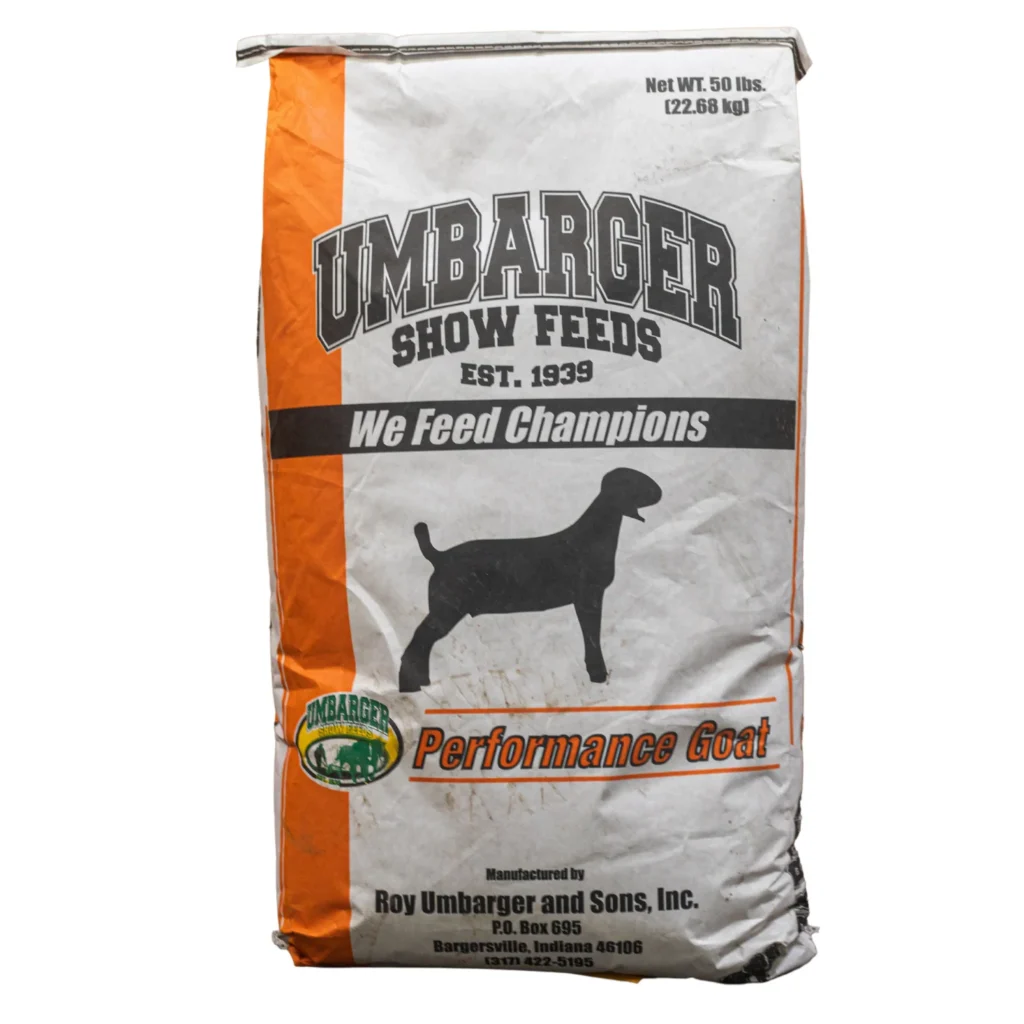
Verdict: For precision performance (e.g., dairy goats or market-targeted meat), commercial feed offers predictable results. But natural feeding, when properly diversified, can support healthy, sustainable growth at a lower cost.
2. Cost and Profitability
Natural feeding is more affordable in the long run, especially for smallholders with access to good pasture, browse, or crop waste. It reduces dependence on purchased inputs and allows you to recycle farm by-products.
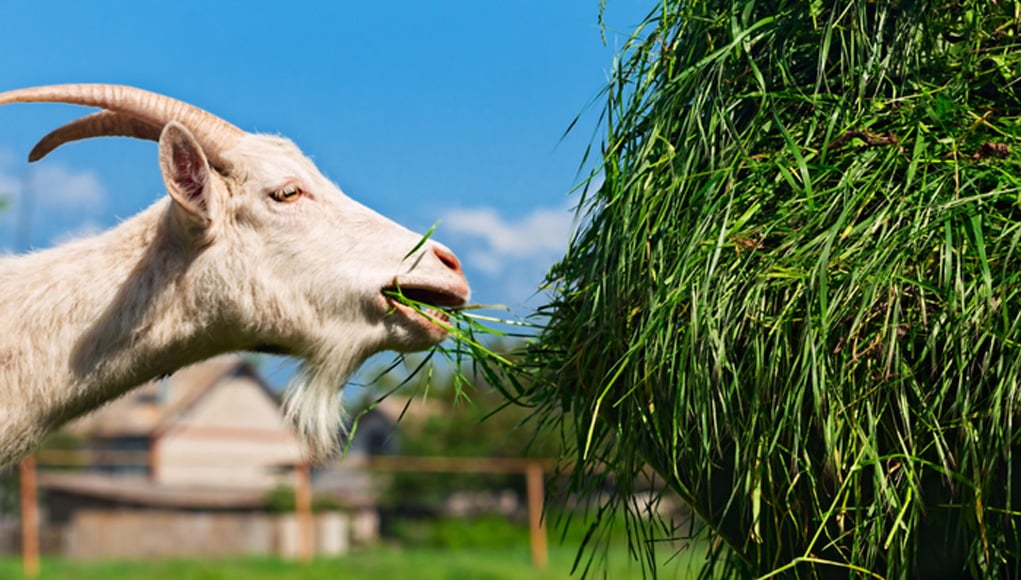
Commercial feed, while nutritionally dense, can become expensive, especially during periods of inflation or supply chain disruption. Long-term dependence on it can reduce profitability if product prices (milk, meat) don’t compensate for input costs.
Verdict: Natural feeding is cheaper and better for low-input farming. Commercial feed can be profitable in high-output systems with guaranteed markets.
3. Labor and Management
Natural feeding often requires more land, labor, and planning. You must manage pastures, harvest forages, dry hay, and monitor mineral deficiencies. It’s more hands-on and time-intensive.
Commercial feed, on the other hand, is convenient and time-saving; you just pour and feed. This makes it suitable for farmers with limited time or staff.
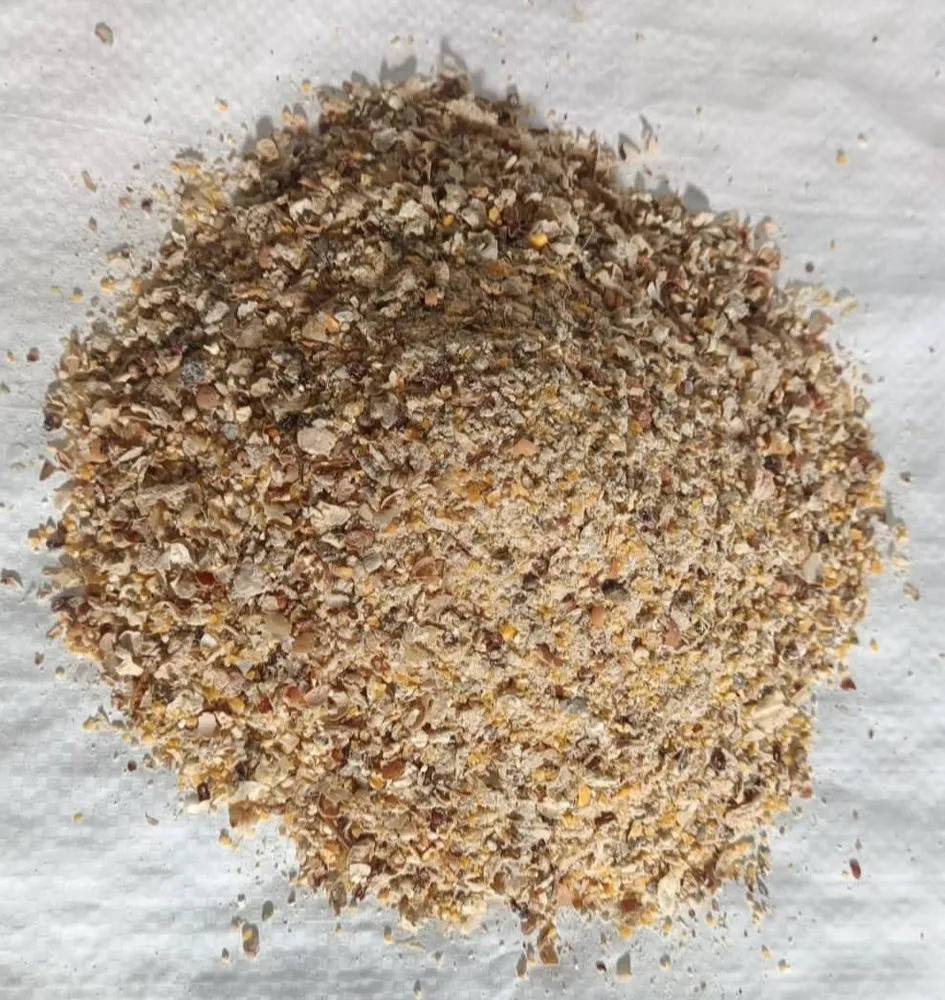
Verdict: Natural feeding saves money but demands labor. Commercial feed saves time but costs more.
4. Animal Health and Digestion
Natural feed promotes rumen health, reduces the risk of acidosis, and aligns with the goat’s evolutionary biology. Goats fed mainly on browse and hay tend to have fewer digestive issues and longer lifespans.
Overreliance on commercial grain-based feed can lead to bloat, diarrhea, or rumen acidosis if not properly balanced with fiber. Goats also become less adaptable to environmental feed changes.
Verdict: Natural feeding is gentler on the goat’s system. Commercial feed requires careful fiber balancing.
5. Sustainability and Resource Use
Natural feeding promotes land regeneration, biodiversity, and environmental sustainability, especially when using rotational grazing or agroforestry. It supports a circular economy on the farm by recycling organic matter.
Commercial feed production is resource-intensive, requiring grain cultivation, transportation, and processing. Overdependence contributes to monoculture farming and environmental stress in the long term.
Verdict: Natural systems align better with sustainable, eco-conscious farming practices.
Hybrid Approach
Many successful farmers now combine both methods: goats graze or browse during the day and receive targeted supplementation in the form of commercial pellets or home-formulated grain rations in the evening. This hybrid strategy balances cost, growth, and animal well-being in systems where total grazing isn’t feasible.
Examples include:
- Using commercial feed for kids and lactating does only, while bucks and dry does rely on pasture.
- Feeding home-formulated rations (using maize, bran, and legumes) to replace costly store-bought feeds.
- Using natural feed most of the year, with commercial supplementation during dry or cold seasons.

Wrapping Up
There’s no one-size-fits-all in goat feeding.
If you have access to land, time, and diverse vegetation, natural feeding can meet your herd’s needs at a lower cost.
If you run a high-output or space-limited operation, commercial feed offers precision and speed.
However, both methods benefit from strategic planning and a keen eye on your goats’ condition. The healthiest, most productive herds are usually those fed with a purpose.
Related:

